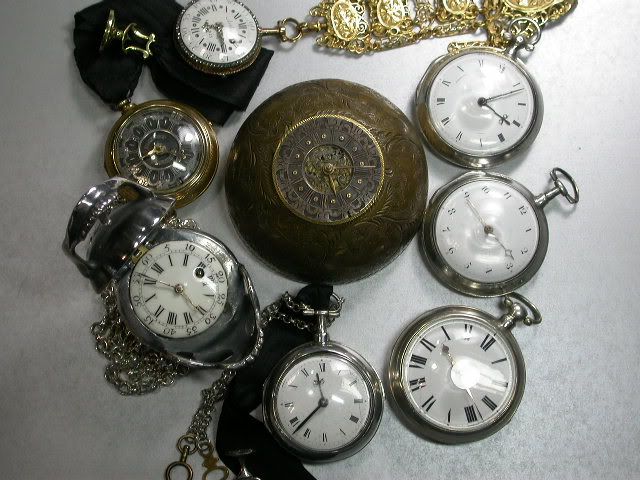- Messages
- 54,308
Just wanted to post a recommendation for Paul's Watch and Clock Repair.
Two weeks ago I accidentally dropped my Jean Marcel pocketwatch (not vintage, but I love it anyway!).
Stopped dead.
Exactly two weeks after sending my watch across the country to Paul's (I'm currently in Pittsburgh and he is in California), I had it back, good as new! And at a very fair price.
I had first sent this watch to Paul's a few years ago to have the dial re-done (at the recommendation of fellow FL'ers), and he did a great job with it. So instead of trying to find a local shop, get recommendations, etc., I went with someone I trusted.
Considering that most of the time the watch was out of my hands it was either a weekend or in transit, I am really amazed at the fast turnaround.
I am glad Paul worked out for you again. He does great work and fast. If you ever went to his shop, you would wonder how he gets so much done in such a small space.





